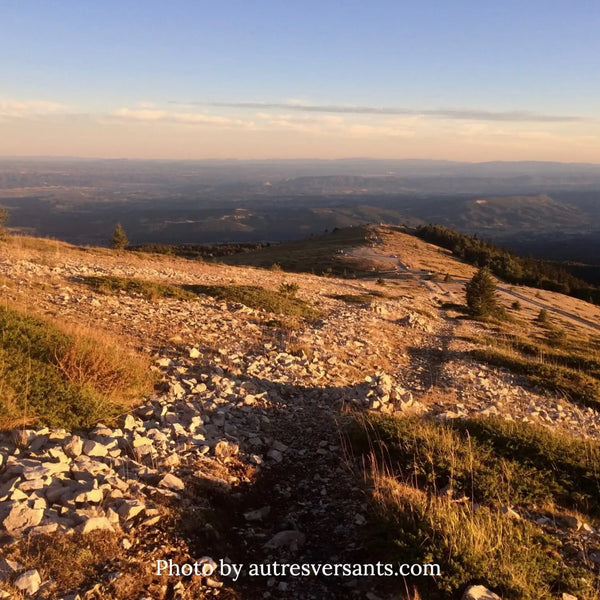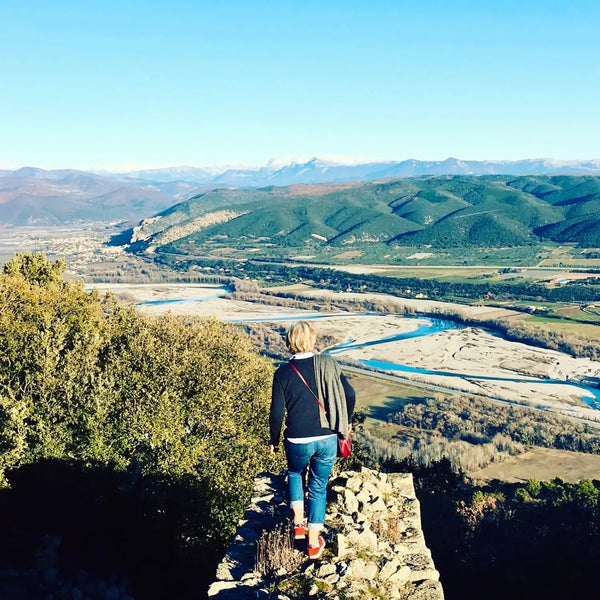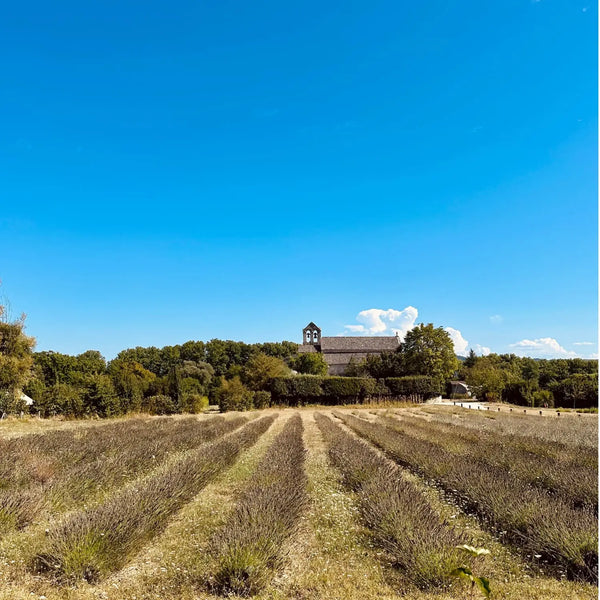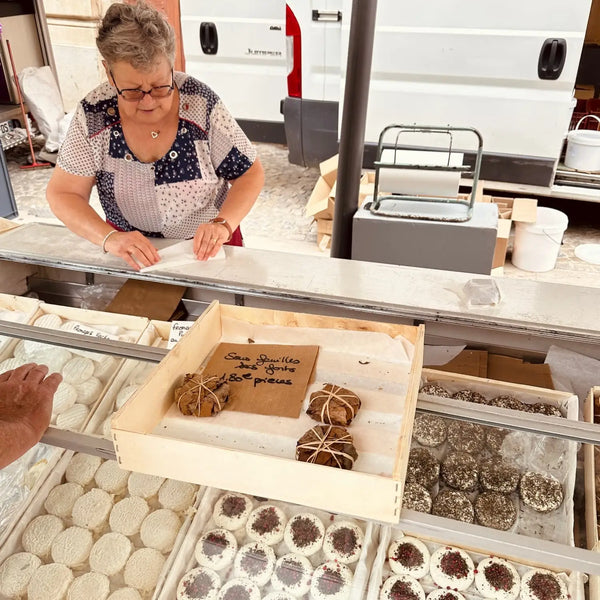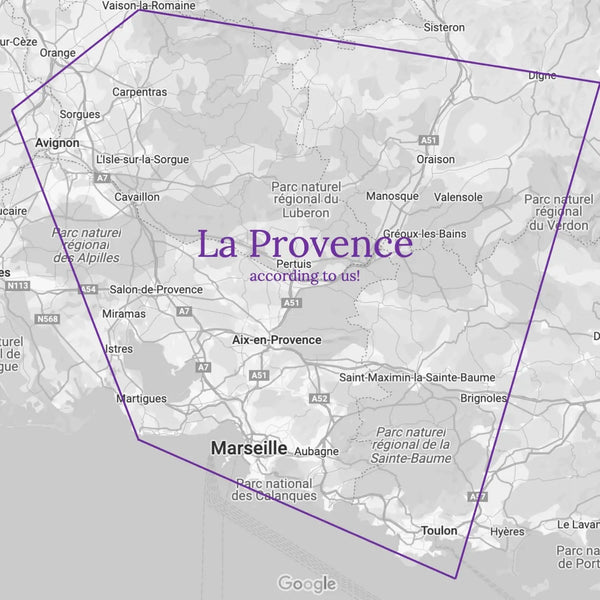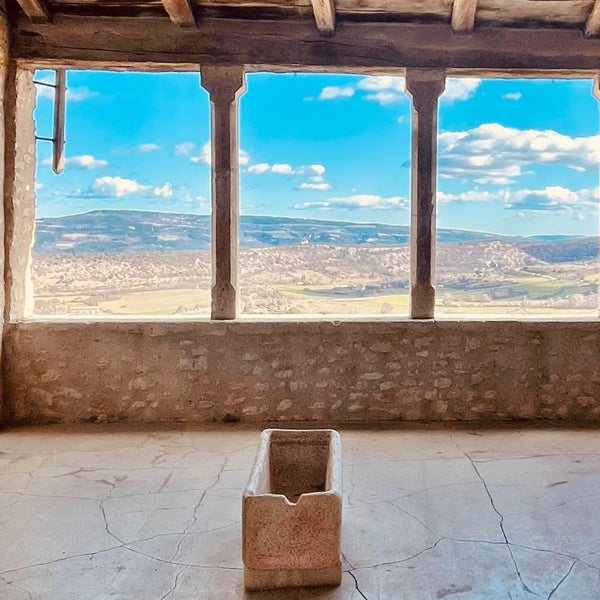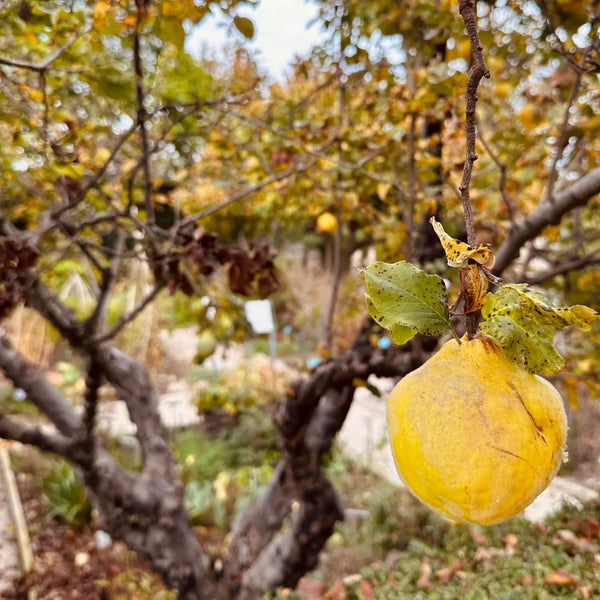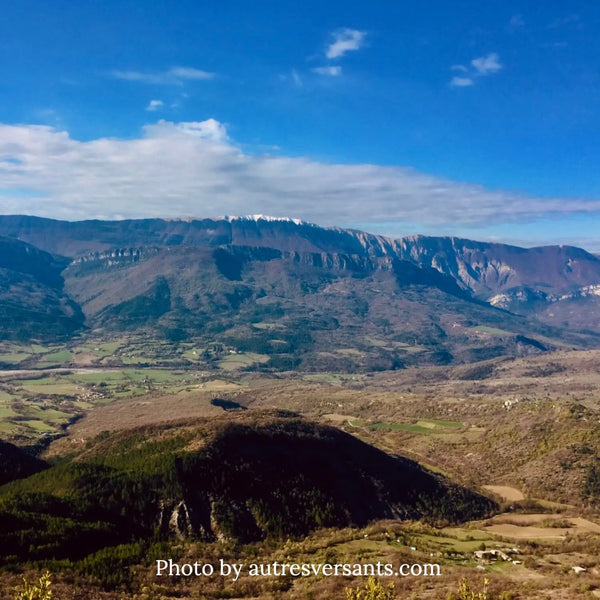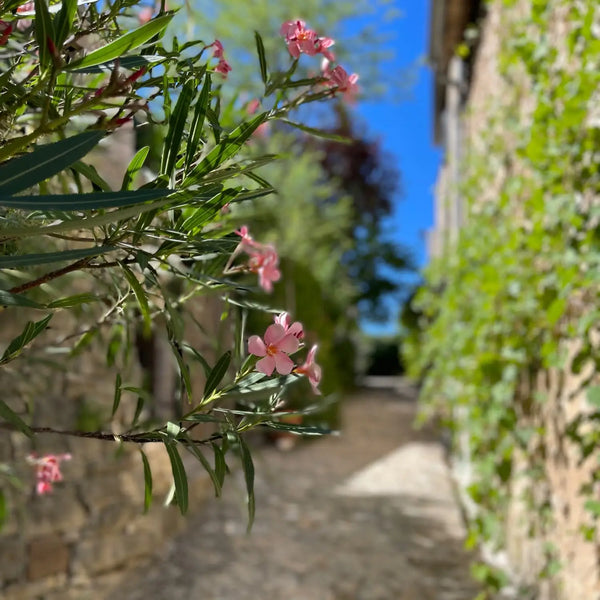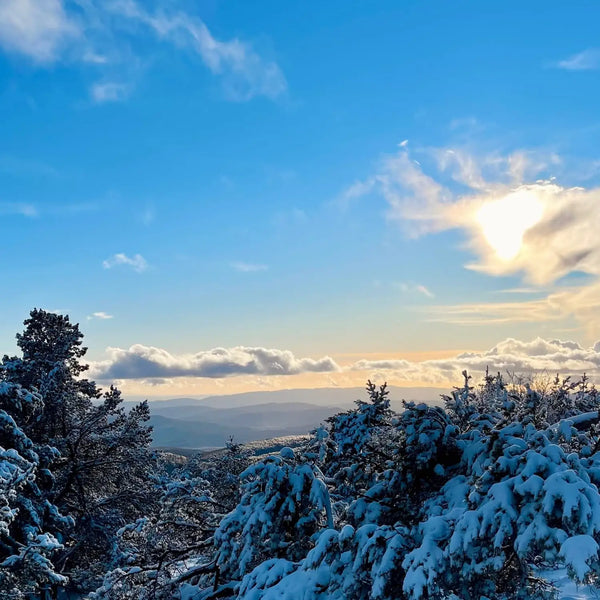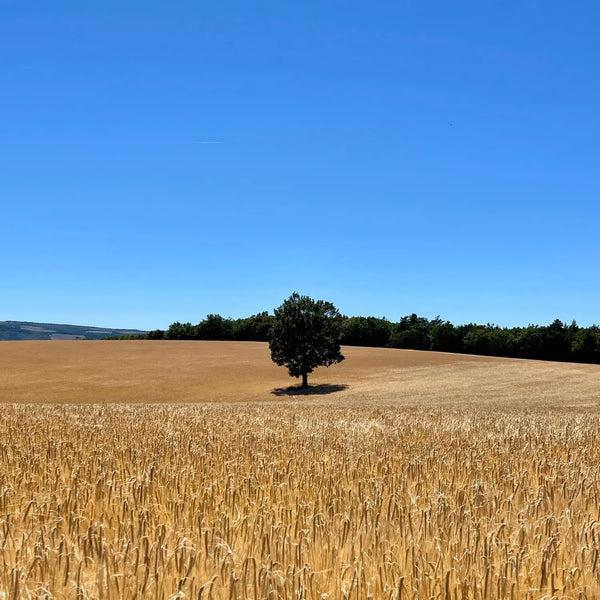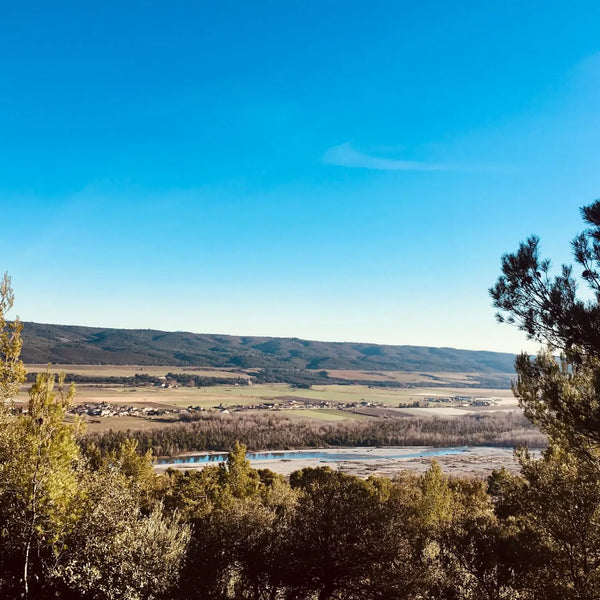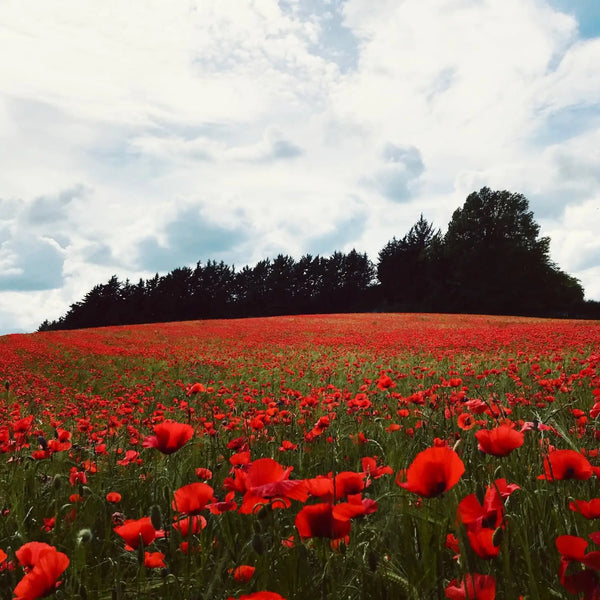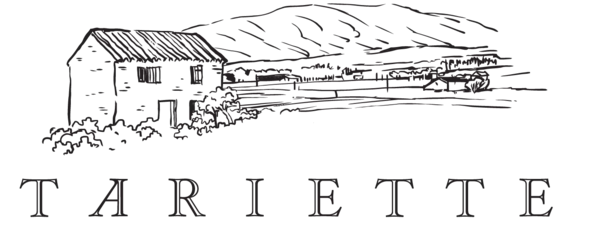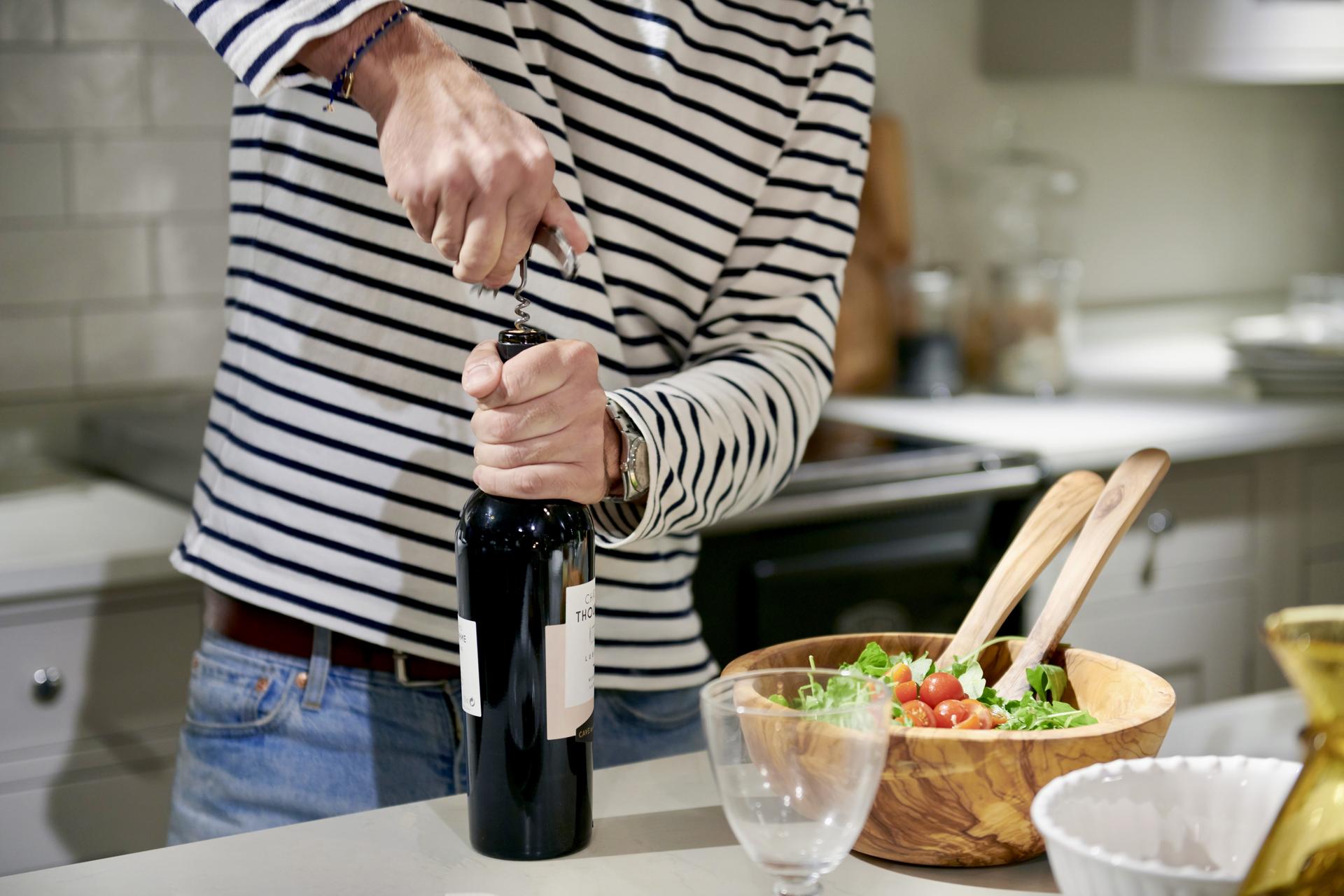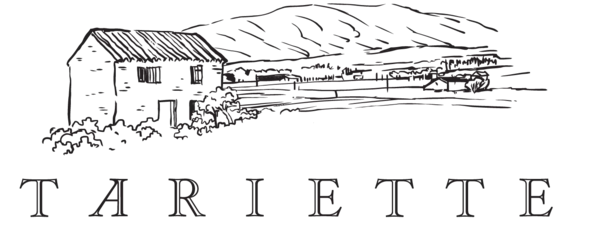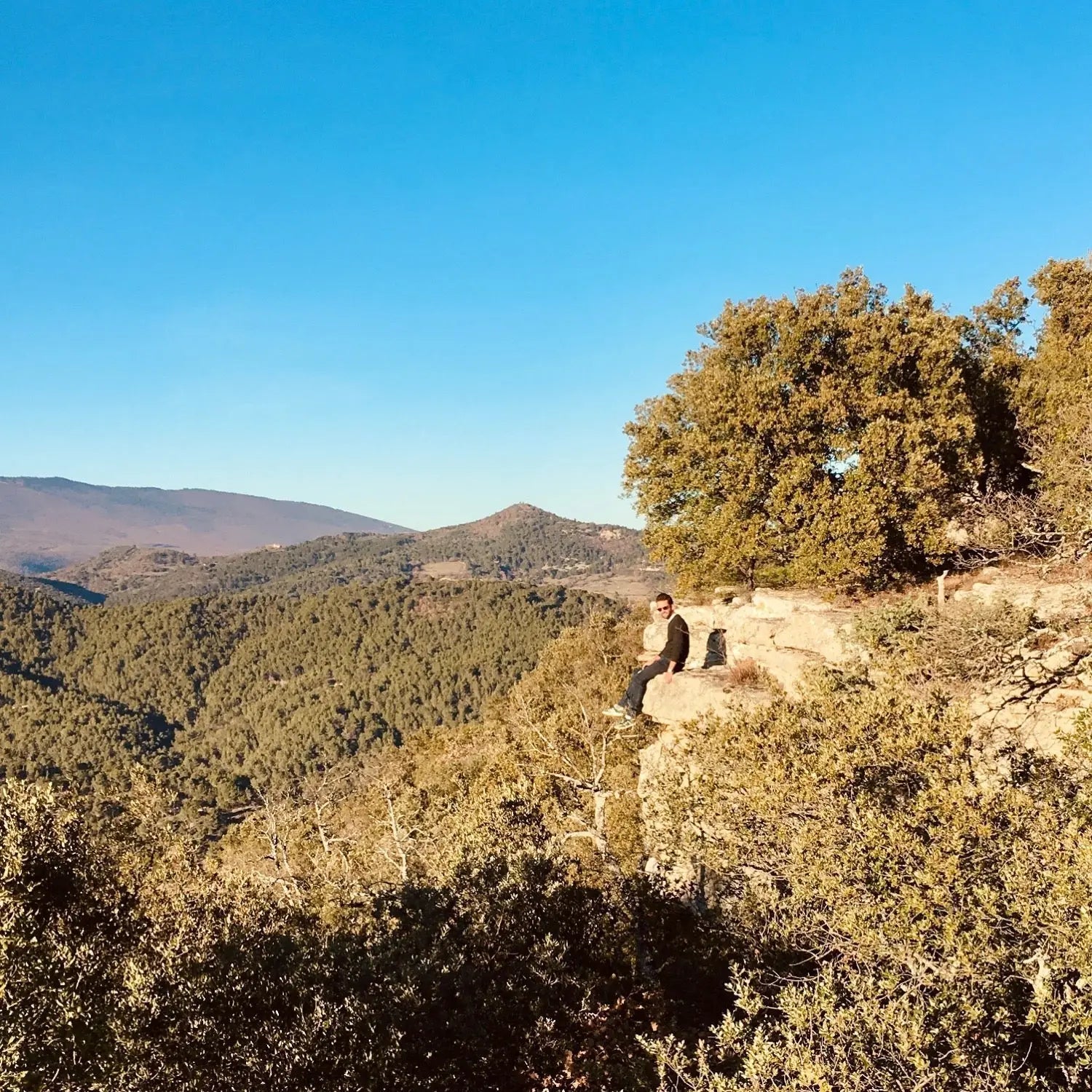
Untamed Northern Provence: The Land of Giono
Discover the untamed beauty of Northern Provence, a land of rugged landscapes, timeless villages, and Jean Giono’s authentic Provence, far from the tourist crowds.
There's an age-old debate among us locals in the South of France about the true boundaries of Provence. We like to draw an imaginary line from Toulon to Avignon, extending to Digne, encompassing Mont Ventoux and the Lure Mountain. To the north lie the Alps and the Dauphiné; to the west, the Camargue and Occitanie; and to the east, the Var leading to the Côte d'Azur. Historically, Provence's borders have been fluid, influenced by various rulers and cultures over the centuries.
Nestled in the heart of Provence is the Luberon, our cherished homeland. Venturing northeast, we enter Haute-Provence - 'haute' signifying its elevation as it ascends towards the Alps. This region captivates us with its rugged, unspoiled beauty. Jean Giono, a celebrated French author, masterfully depicted this Provence, where life moves at a timeless pace, untouched by the manicured perfection sought by tourists. Here, villages remain authentic, free from the trappings of mass tourism, allowing traditions to flourish as they have for generations. (en.wikipedia.org)
Our affection lies with this micro-region, stretching from Lagarde to the Lure Mountain, reaching Lurs, with Banon at its heart. The climate is demanding: cold winters, occasionally graced with snow, and dry, scorching summers. The landscape melds Mediterranean charm with Alpine majesty. Remarkably, wolves have returned to this area - a testament to its wildness. As a child, I regarded wolves as mythical; now, their presence enriches our ecosystem.
The transition is palpable as you drive past Viens, heading north. Here, expansive lavender fields unfold, largely undiscovered by tourists. While the southern regions near Gordes, Bonnieux, and Ménerbes buzz with luxury cars, upscale festivals, and Michelin-starred restaurants, we find solace in the understated allure of Haute-Provence - the Provence of Giono.
The Lure Mountain, standing at 1,825 meters, often dons a snowy mantle in winter. On fortunate occasions, ski lifts operate, offering alpine escapades. It's essential to equip your vehicle with winter tyres during these months - after all, we're bordering the Alps. Witnessing the mountain cloaked in snow or adorned in autumnal hues is a sight to behold, especially when foraging for mushrooms.
Visit Banon on market day to savor its renowned cheese, wrapped in chestnut leaves—a true delicacy. Revest-du-Bion is a quaint village offering serene landscapes and a glimpse into traditional Provençal life. Simiane-la-Rotonde, perched atop a hill, invites exploration with its historic architecture and panoramic views. Conclude your tour in Lurs, perhaps at the village bistro, where you can enjoy honest local food while gazing over the Durance Valley. The ancient olive trees, survivors of the harsh winter of 1956, stand as living monuments to the region's resilience.
While Peter Mayle's writings have spotlighted Provence, attracting global attention and boosting the local economy - a great help for ventures like ours - we often retreat to the northern reaches, the 'dark side' of Provence. This is the Provence my grandfather knew: wild, rugged, rural, and authentic. If you're planning a visit, reach out to us. We'd be delighted to share more hidden gems and ensure your journey captures the true essence of this captivating region.
Sunset glow atop Lure Mountain – nature’s golden farewell
